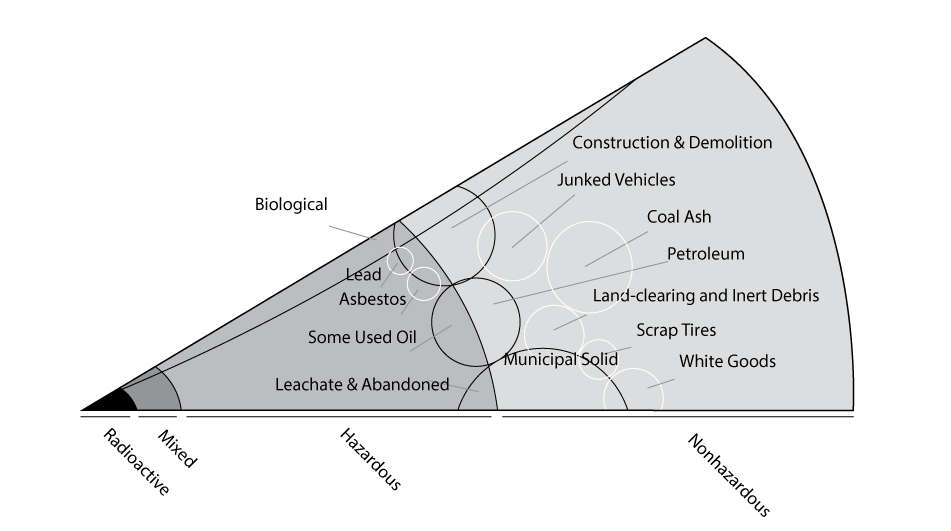Hazardous and low-level radioactive wastes: the basic framework and a note on brownfields

A part of the waste map that gets less public attention these days than in the 1980s and 1990s, hazardous and radioactive waste are primarily regulated at the federal and state levels of government. The relative lack of media attention to these wastestreams so far in the 2000s and 2010s should not obscure their importance to the structure of environmental law in the United States. The large body of federal and state laws that regulate hazardous waste management has been central in forming the general public understanding of how environmental law works as a “command and control” system. Ironically, the national and state successes in getting hazardous and radioactive waste problems off of the front page of the newspapers blogs and off of television news has, in my opinion, also contributed to the lack of awareness of how useful, important, and yes, efficient government regulation can be.
